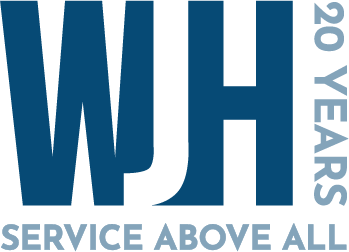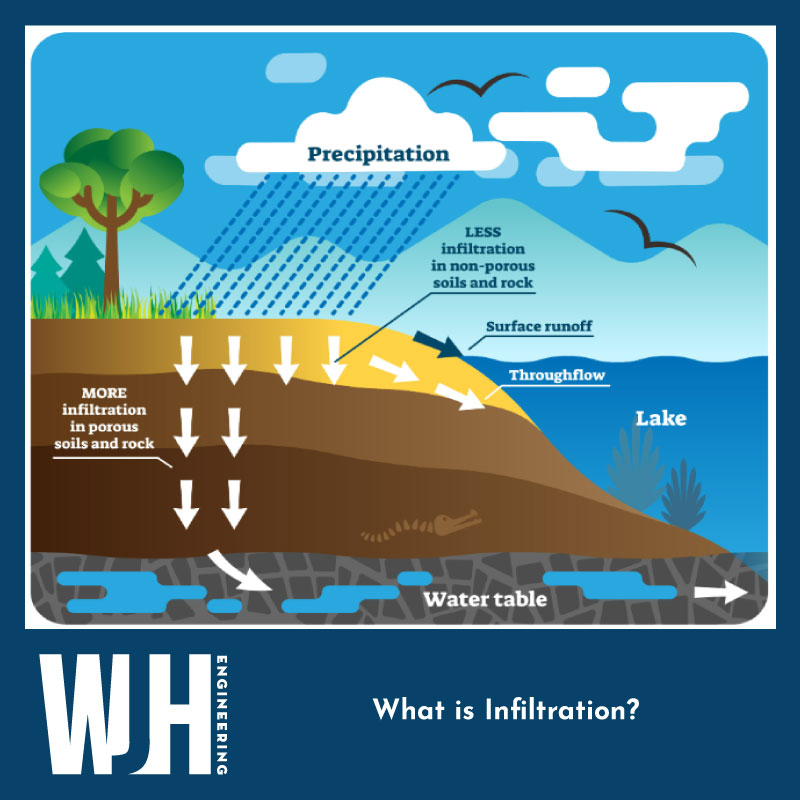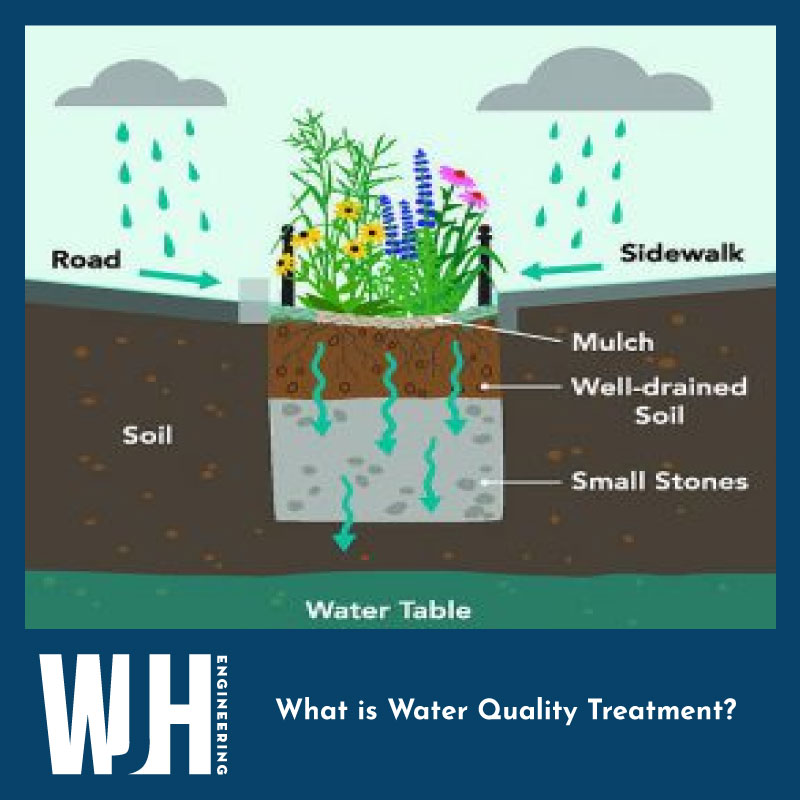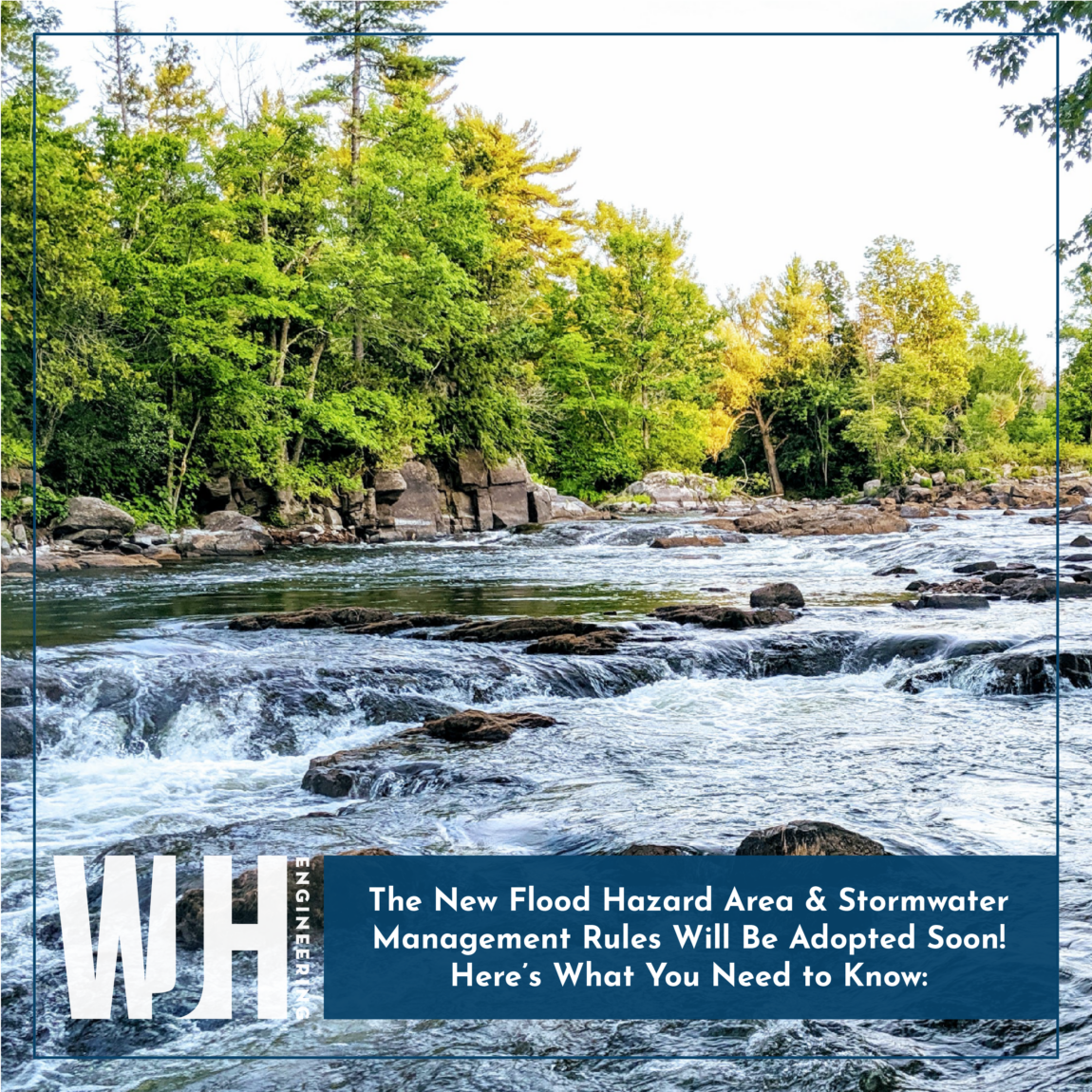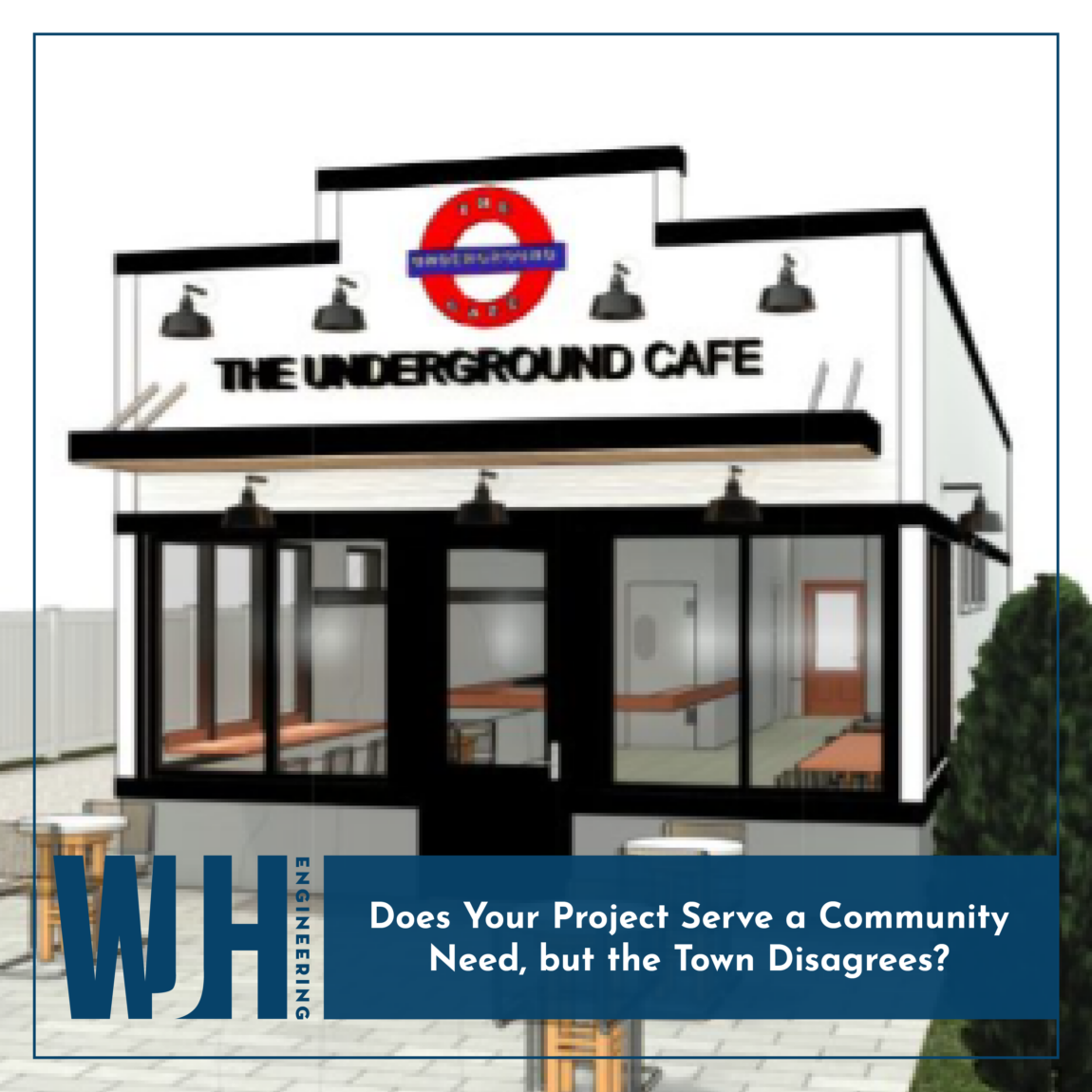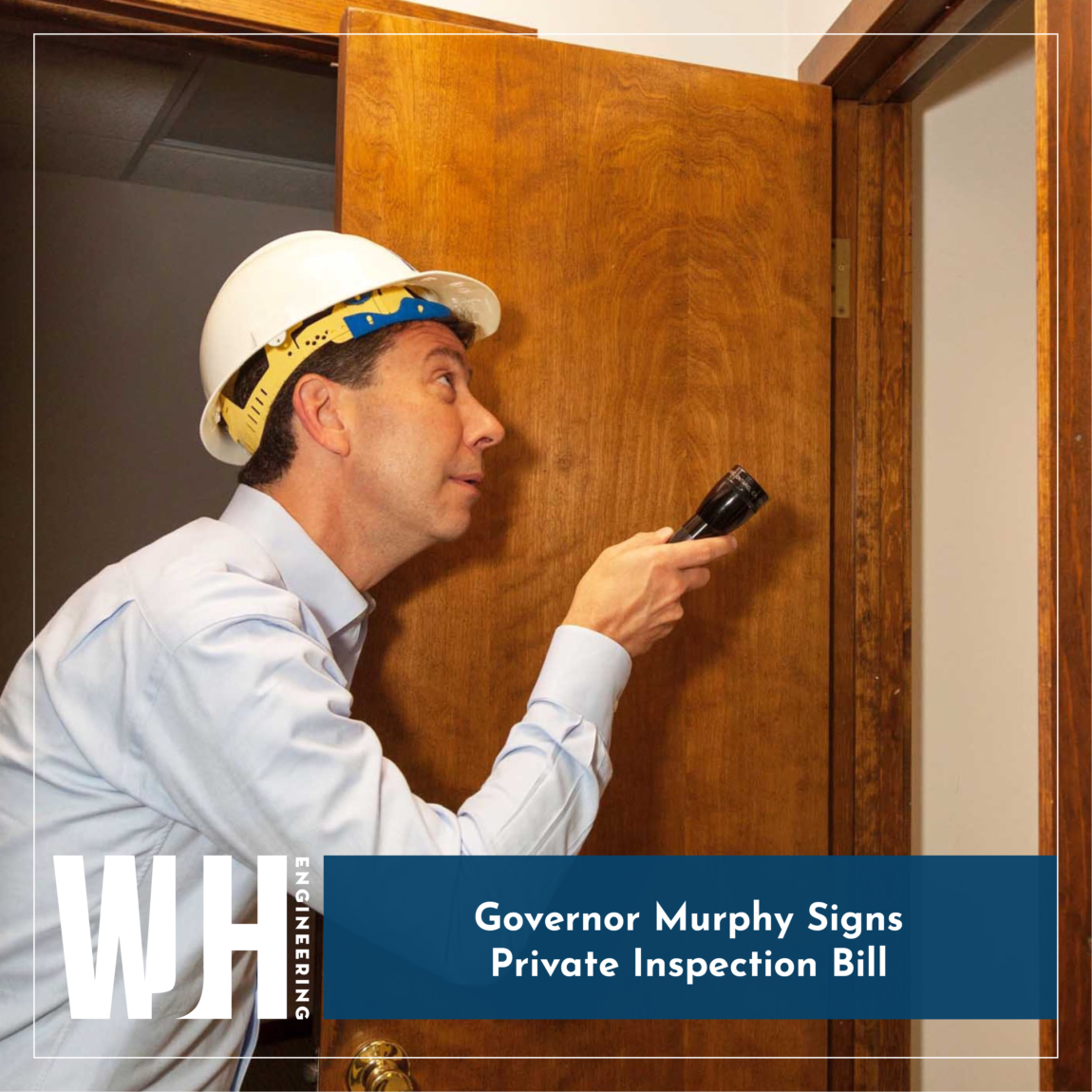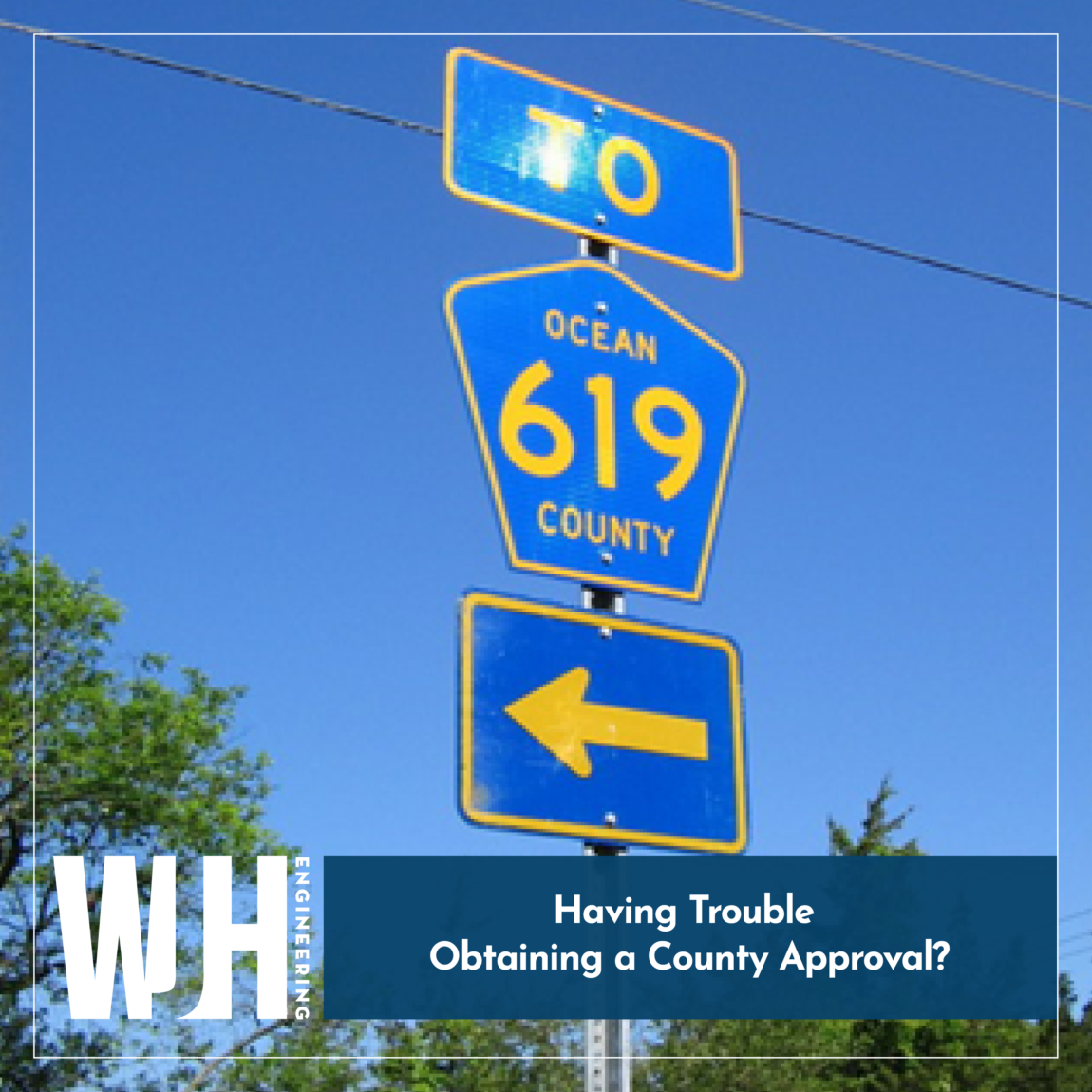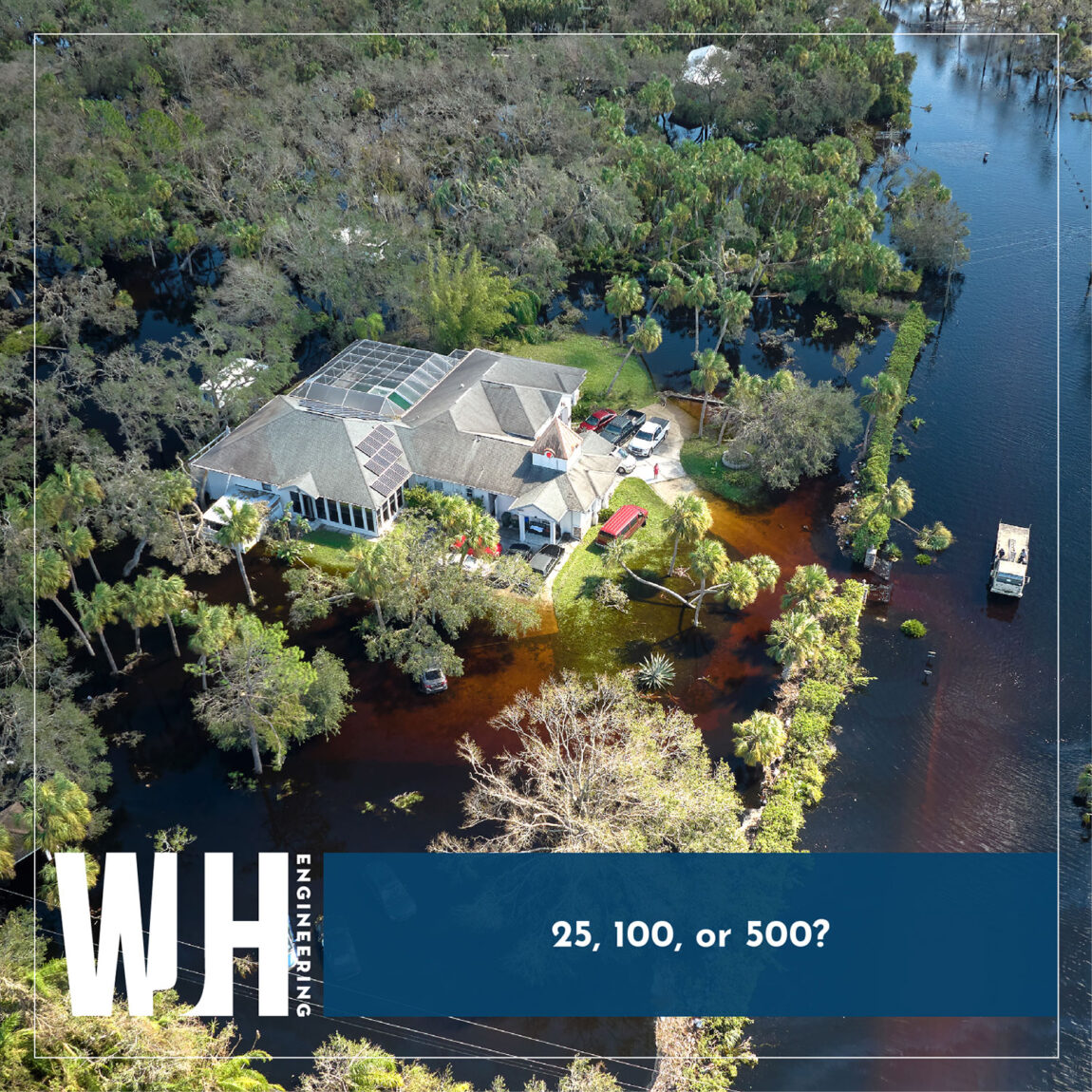The New Jersey Department of Environmental Protection (NJDEP) focuses on three major components for stormwater management systems. The first component is quantity, which refers to the amount of stormwater that a system can collect. The second component is quality, which refers to the treatment of said stormwater. And the final component is infiltration, which refers to a system’s ability to …
What is Water Quality Treatment?
In recent years, there has been more of an emphasis on water quality treatment in stormwater management systems. The term ‘water quality’ refers to the condition of the water, including its chemical, physical, and biological properties, with respect to its intended use (whether it be for drinking, swimming, or agricultural uses). Typically, water quality treatment is addressed through the installation …
The New Flood Hazard Area & Stormwater Management Rules Will Be Adopted Soon! Here’s What You Need to Know:
The New Jersey Department of Environmental Protection (NJDEP) recently announced that significant changes will be coming to the Flood Hazard Area Control Act. It is expected the notice will be published on July 3rd or 17th of 2023, and the amended rules will be effective immediately. Some of the changes going into effect include: Stormwater facilities must manage runoff for …
WJH Engineering Welcomes Two New Summer Hires!
WJH is pleased to announce that we will be adding two new team members this summer! Stay tuned for their big reveal next month!
Does Your Project Serve a Community Need, but the Town Disagrees?
Do you have an idea for a project that will benefit your community, but it is not permitted by the town’s zoning ordinance? This was the case for one of our clients in Normandy Beach, Michael and Kim Venutolo. After the community lost many of its traditional businesses during the coronavirus pandemic, the Venutolos were inspired to bring life back …
Are You Paying Too Much for Site Lighting?
Did you know a standard 100-watt cobra street light can add approximately $130.00 to your electricity bill each year? This annual expense comes in addition to the installation cost of the fixture and other maintenance/repair fees. On occasion, a lighting manufacturer will assist civil engineers in preparing lighting plans. This helps the manufacturing company promote their lights, and it allows …
Governor Murphy Signs Private Inspection Bill
This new bill allows builders to use private inspection agencies, approved by the Department of Community Affairs, in the event that municipalizes cannot complete inspections within three (3) business days of the request. Would you use private inspections if given the opportunity to do so? Vote
Having Trouble Obtaining a County Approval?
Previously, obtaining approval for development along a county road was a relatively straightforward and streamlined process. However, in recent years it has become more challenging and time-consuming to receive approval from a New Jersey County Planning Board. To understand why this has taken place, we must first understand what County Planning Boards review when they receive a site or subdivision …
25, 100, or 500?
On September 28th, Hurricane Ian made landfall on the southwestern coast of Florida. The Federal Emergency Management Agency (FEMA) has classified this storm as a 500-year storm event, making it one of the worst storms that the United States has seen in recent years. To most people, the term “500-year storm” is just a phrase, and the expression fails to …
Are Frogs Impacting the Development of Your Site?
If a frog is on your site, it would be prudent to check if it is a Threatened & Endangered species. If it is a Threatened & Endangered species, wetland transition areas and riparian zones will be affected. A wetland transition area is a buffer area upland from a freshwater wetland used to minimize negative impacts on the wetland. Similarly, …
